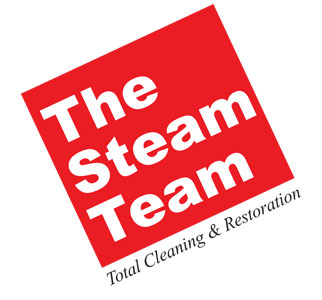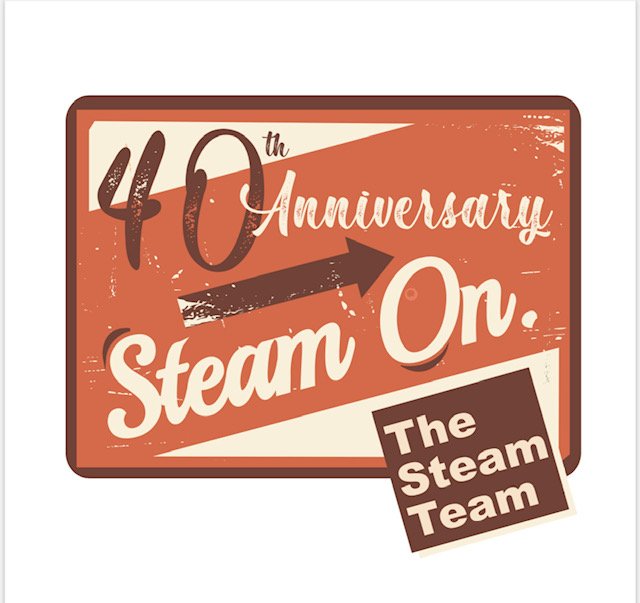The Steam Team is a licensed mold remediation and water damage contractor located in Austin, Texas
/Water And mole damage clean up restoration services
In the heart of Texas, where the weather may be unpredictable and the elements of nature can occasionally take their toll on homes, it is essential to have a trustworthy partner for mold removal and water damage restoration.
The Steam Team, which has its headquarters in Austin, Texas, is a contractor that is both licensed and well-respected, and they specialize in providing these important services.
This article dives into the relevance of mold remediation and water damage restoration, investigates the competence of The Steam Team, and emphasizes the impact that the organization has had on the community in which it operates.
Understanding the Threat: Mold and Water Damage.
Mold and water damage are two prevalent problems that houses in Austin may have, particularly taken into consideration the temperature of the region and the occurrence of severe weather events on occasion.
Mold, which is a type of fungus, can flourish in conditions that are moist and humid, which can pose a threat to one's health and can compromise the structural integrity of structures.
Damage produced by water, whether it be as a result of flooding, leaks, or storms, can result in a variety of issues, such as foundations that are compromised, destroyed valuables, and the possibility of mold growth.
The Steam Team's Licensing and Certification:
In the field of mold treatment and water damage restoration, The Steam Team's standing as a licensed contractor is one of the most important things that sets it apart from other companies.
In order to ensure that its team of cleaning professionals holds the essential qualifications and certificates, the organization ensures that it complies with the norms and standards implemented by the industry.
The clients are given the assurance that their homes are in capable hands as a result of this commitment to compliance, which instills confidence in them.
Mold Remediation Services:
Thorough Inspection:
An exhaustive inspection is the first step in the mold removal process that the Steam Team does. Technicians that have received training evaluate the extent of the mold development, determine the underlying source of the problem, and devise a customized strategy to properly handle the issue.
Containment and Removal:
For the purpose of preventing the spread of mold spores during the repair process, containment is an essential component. Advanced techniques are utilized by the Steam Team in order to isolate damaged regions, which is then followed by the precise removal of materials that have been infested with mold. This ensures that the solution is comprehensive and long-lasting.
Cleaning and Sanitization:
Immediately following the removal of mold, the afflicted areas are subjected to a thorough cleaning and sanitization procedure. Additionally, the Steam Team makes use of specialist equipment and cleaning products that are kind to the environment in order to eradicate any lingering spores, thereby contributing to a healthier interior atmosphere.
Preventive Measures:
The Steam Team provides clients with advice on preventative steps to reduce the likelihood of mold growth in the future, in addition to cleanup services. It is possible that this will include suggestions for enhancing ventilation, controlling moisture, and conducting routine inspections.
Water Damage Restoration Services:
Emergency Response.
Because they are aware of the time-sensitive nature of water damage incidents, the Steam Team is able to provide a prompt reaction in order to prevent more damage. Intervention in a timely manner can avoid structural damage, halt the formation of mold, and save precious furniture and valuables.
Water Extraction and Drying.
For the purpose of extracting and drying water in an effective manner, cutting-edge machinery is utilized. Dehumidifiers and air movers of industrial grade are utilized by the professional specialists of The Steam Team in order to remove excess moisture and recover the areas that have been impacted.
Structural Repair and Restoration.
In many cases, structural repair and restoration are required after water damage has occurred. During the restoration process, the Steam Team is exceptional at meeting these requirements, guaranteeing that homes are not only dry but also structurally solid after the process is complete.
Documentation for Insurance Claims.
Having to deal with water damage may be a stressful situation, particularly when it comes to navigating the claims process for insurance. Clients receive assistance from the Steam Team, which provides comprehensive documentation of the damage and the repair procedure, thereby making the claims process faster and more efficient.
Community Impact and Environmental Responsibility.
In addition to its technical skills, The Steam Team helps preserve the environment in Austin. The organization reduces its environmental impact by using eco-friendly mold treatment and water damage restoration methods.
Austin homeowners that care about the environment appreciate this commitment to responsible business practices.
Client-Centric Approach.
Due to their client-centric approach, The Steam Team has been able to remove mildew and restore water damage. The organization is committed to helping homeowners cope with these challenges, which may create emotional and financial stress.
Due to their straightforward communication, open pricing, and dedication to exceeding client expectations, the Steam Team has earned a reputation as a reliable partner in times of need.
Technology and Innovation.
In order to maintain its position at the forefront of technical improvements in the industry, The Steam Team incorporates cutting-edge technology into its mold treatment and water damage repair services.
The organization guarantees that its procedures are not only effective but also efficient, hence limiting the amount of interruption that is caused to the lives of its customers. These methods include moisture detection tools and modern drying equipment.
Concluding Remarks.
When it comes to mold treatment and water damage restoration, having a contractor that is both certified and skilled is absolutely necessary in a city like Austin, where homes are prone to the problems that come with the unpredictable characteristics of the weather.
The Steam Team is an exceptional option for homeowners who are confronted with these issues because of its dedication to attaining quality, its adherence to industry standards, and its good impact on the community in which it operates.
The Steam Team continues to play an important part in preserving the health of Austin's citizens as well as the structural integrity of their homes by maintaining the integrity of their homes and protecting them from mold and water damage.





